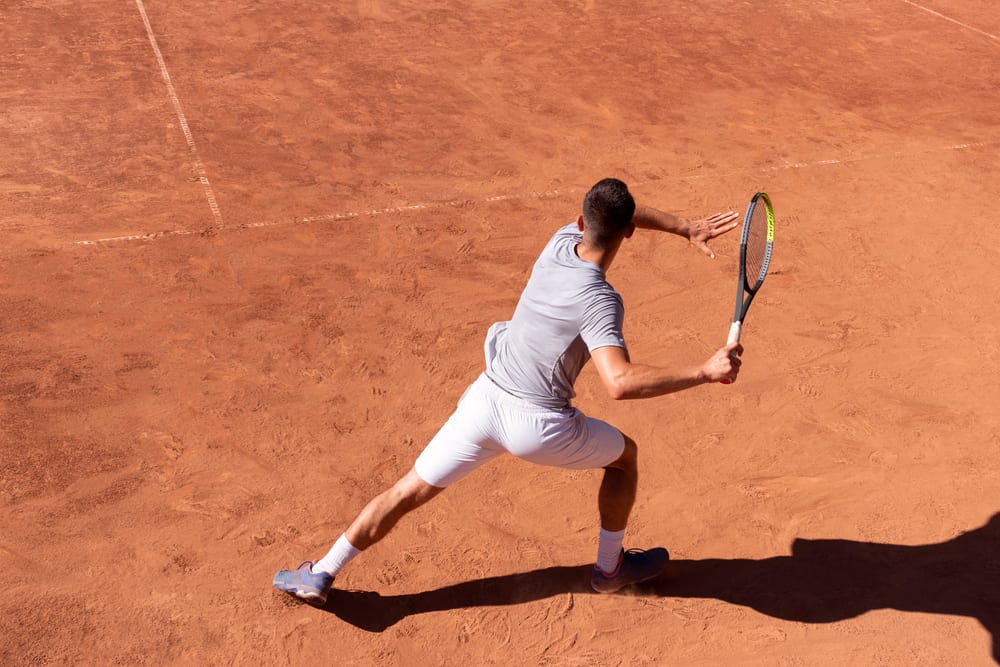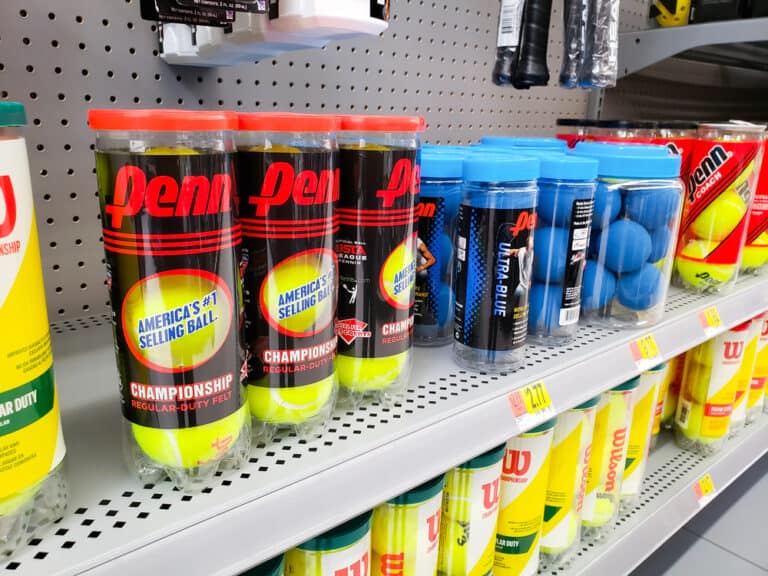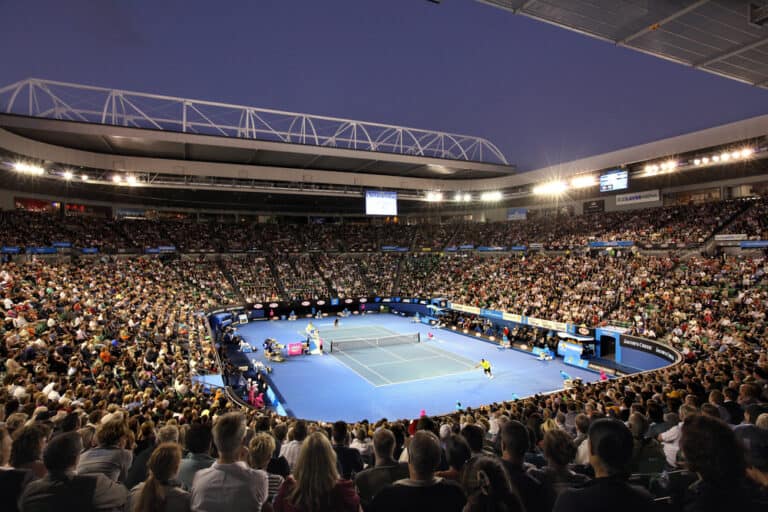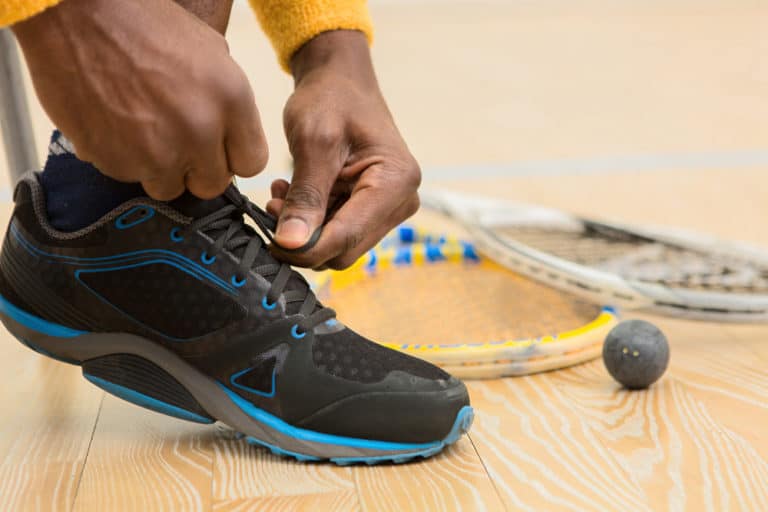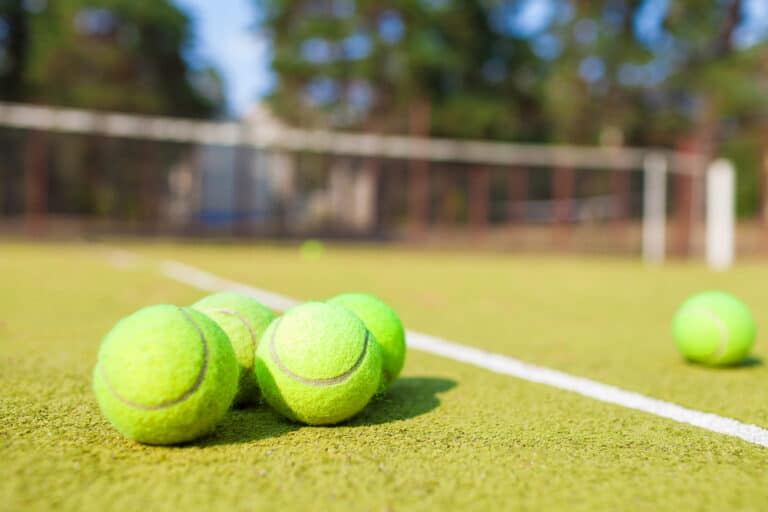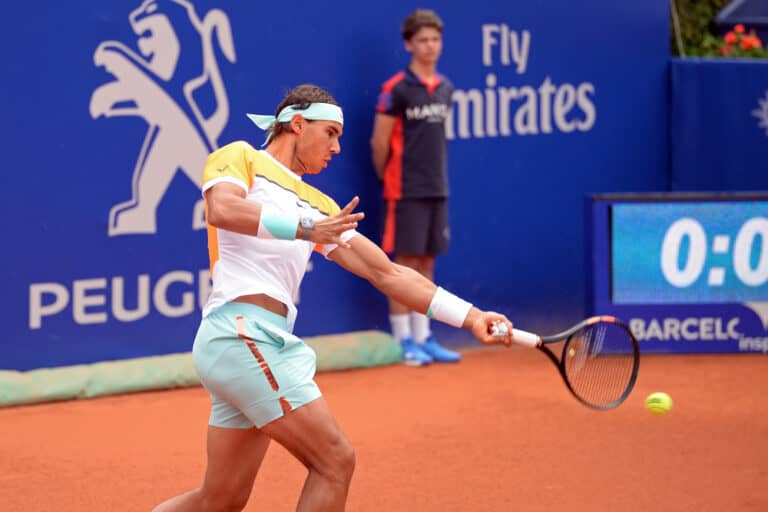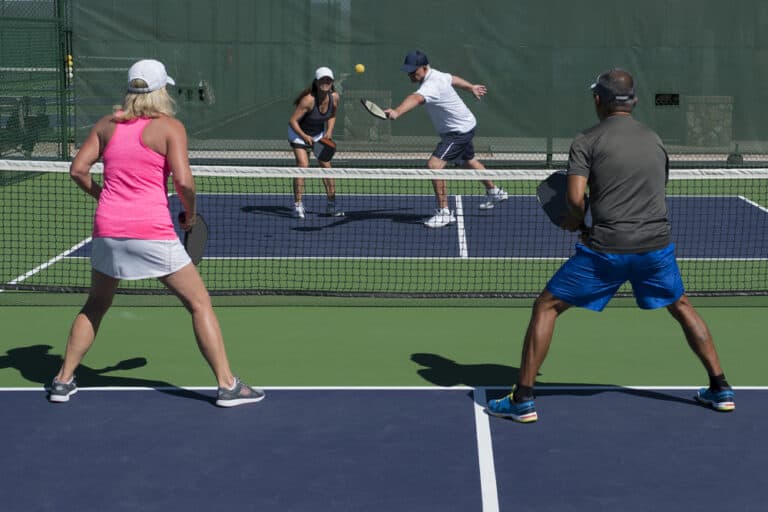Which Tennis Surface Is The Hardest To Play On?
One of the beauties of tennis is that it can be played on multiple surfaces, with some surfaces being harder to play on than others. Professional tennis players compete on clay, grass, and hard courts throughout the year at various tournaments. Which of these surfaces is the hardest to play on?
Professional tennis players mostly agree that clay is the toughest surface to play tennis on. Clay offers a set of unique challenges; ball bounces are higher and unpredictable, poor weather conditions affect clay, direction changes are harder for players, and the surface is slower than others.
Many factors come into play during a tennis match. A player’s skill, mental fortitude, and equipment are all factors to consider. Still, a significant component that adds a unique element to a tennis match is the surface it is played on. Some players prefer a surface while others prefer another, but there seems to be a consensus that one surface is harder to play on than others.
Why Clay Is The Toughest Surface To Play On In Tennis
Professional tennis players agree, with a few exceptions, that clay is the toughest surface to play on. Clay court tournaments on the ATP tour usually occur in South America and Europe. Luckily for players who enjoy rallying from the baseline, there are no shortages of clay court tournaments throughout the year. It is a surface that produces entertaining matches for spectators.
Clay courts give players a unique set of challenges to deal with. To a certain extent, each surface does provide players with unique challenges; however, those that emerge from playing on clay are universally the hardest to deal with. This surface requires specific training, physical and mental conditioning, and adaptability.
Though players have a reduced risk of suffering from joint injuries thanks to clay’s softness and ability to slide on the surface, points on clay tend to last longer, and the player’s speed, agility, and general footwork are put to the test. In addition, players must deal with unpredictable bounces and how easily the weather affects the surface.
In truth, clay can be an unforgiving surface, especially for players with a specific style that is hard to adapt to clay. This surface exposes a player’s weakness more than other surfaces do.
The key to being successful on clay is to master patience and strategic thinking, as it is harder to close out a rally without properly constructing the point.
Clay Tennis Courts Produce Unique And Unpredictable Bounces
Balls bounce higher on clay courts, so players who can generate a lot of spin on the ball can cause great difficulty for their opponents. This characteristic of clay being affected by spin is one of the reasons Rafael Nadal, the “King of Clay,” is so successful on the surface; his forehands generate spin like no other on the tennis tour.
Not only do balls bounce higher on clay, but bounces can also be unpredictable. As a match goes on, the clay can build up in some places more than others. Thus the ball can bounce one way in one area of the court with a clump of clay but bounce differently in an area with less clay.
Lastly, a ball bounce can be affected when it touches a line that determines the court’s extremities. The lines are made from a thin material placed on the clay court, so the ball reacts to it differently than clay. Sometimes when the ball bounces on the line, it is anyone’s best guess where it will go.
Weather Changes Affect Tennis Clay Courts
Most clay court matches take place outdoors, where weather elements, such as wind and rain, can affect the court’s surface.
Unlike hard courts or grass, it is possible to play on clay while it rains. Courts are covered at Wimbledon and the Australian Open, and play is interrupted as soon as a drop of rain is felt on the court, as these surfaces are significantly affected by the rain.
However, even when the wind is blowing and rain is coming down, players must continue to play on clay until the umpire deems it no longer feasible. Tennis fans may be surprised at how far some tournaments are willing to go before suspending a clay court match due to poor weather conditions.
Most players would rather stop playing and wait for the sun the next day, but this decision is not up to them.
The French Open, the biggest clay court tournament on the tennis calendar, only had a retractable roof installed on the center court in 2020. Before then, top-tier players who got to play on the center court still had to deal with rain and wind like most other players.
Clay Courts Affect Movement Like No Other Tennis Court
Throughout a tennis rally, players who can change directions quickly can gain the upper hand on their opponents. However, clay is slippery, and it is difficult to change directions quickly, especially for players not used to it.
Players on hard and grass courts have a more natural grip allowing them to plant their feet on the ground and take off quickly. It takes a good player to adapt to sliding on clay and get the timing right.
Clay Is A Slow Surface In Tennis
Though a slow court may give a player more time to readjust during a rally, players who rely on hitting winners are put at a disadvantage on clay. Shots that would ordinarily be winners on grass or hard surfaces may not be winners on the clay.
Players who count on their serves to get them out of tough situations are also disadvantaged as the ball speed on the bounce is low.
Thus, players must be more consistent throughout a rally on clay than on other surfaces; this is easier said than done.
The Pros And Cons Of Clay Tennis Courts
All in all, clay courts are part of tennis’s rich history, but like everything, clay comes with its pros and cons.
The positives of clay as a surface for a tennis court include:
- Fewer injuries for players
- Cheaper courts (to build)
- The surface is long-lasting
- The ball leaves a mark on the bounce making it easier to judge
- Great training surface for players
- Players learn how to construct a point
The negatives of clay as a surface for a tennis court include:
- The surface is affected by the weather (but all surfaces are)
- A tough surface for offensive players
- Clay courts require high maintenance
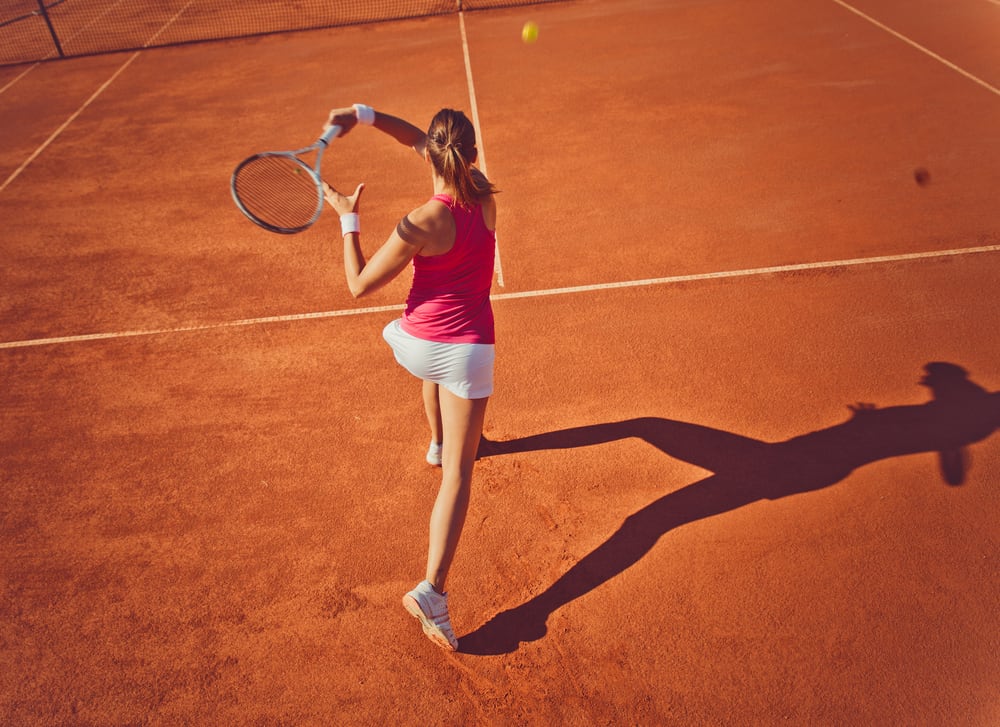
Which Tennis Court Surface Is The Fastest?
Clay courts are renowned for being slower than other tennis court surfaces, but which surface is the fastest on the tennis tour?
Grass tennis courts take the crown for being the fastest. Wimbledon, the oldest and most prestigious tournament, is played on grass. Unlike clay, balls bounce lower and skid off the court on grass.
This surface is perfect for players who go on the offensive and want to close out a rally quickly.
Conclusion
It is generally agreed that clay is the hardest surface to play on. Though fewer injuries occur on clay, players find it harder to change directions quickly. The ball bounces can be unpredictable, and poor weather conditions make it very hard for players to keep up a consistent play.

